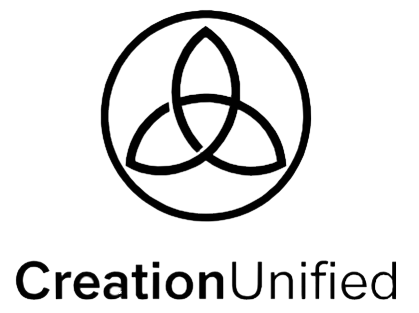By Kevin L. Brown
Published: September 2026 (DOI: 10.5281/zenodo.17231648)
Introduction
For over a century, physicists have debated the meaning of the vacuum. Is “empty space” truly empty, or is it alive with hidden energy? Quantum field theory gave us the concept of zero-point energy — the idea that even in its lowest state, the vacuum hums with fluctuation.
But this paper asks a sharper question: can those fluctuations self-organize into coherence when viewed through the lens of Triune Harmonic Dynamics (THD)?
The answer proposed here is yes — and if true, it would mark the first step toward treating the vacuum not as random noise, but as a structured resonance field.
The Core Idea
At the heart of the framework lies the Zero-Point Coherence Index (ZPCI):

Where:
- $\Delta H^*$ = normalized entropy shift
- $TEI^*$ = equilibrium stability from the THD Equilibrium Index
- $GID^*$ = structural order from Geometric Information Dynamics
- $\Psi^*$ = coherence purity factor, derived from spectral analysis
- $\alpha$ = bounded calibration constant
Unlike earlier heuristic models, ZPCI is derived directly from THD axioms, specifically the principle of simultaneous necessity: coherence collapses if any one factor vanishes.
This isn’t “free energy.” Global entropy still rises. Instead, ZPCI measures whether subsystems can momentarily draw usable coherence out of vacuum fluctuations.
Why It Matters
If validated, ZPCI reframes some of the deepest puzzles of modern physics:
- Vacuum Physics: Moves beyond the Casimir effect and Lamb shift to test whether the vacuum itself can exhibit structured resonance.
- Quantum Devices: Predicts measurable coherence boosts in coil-crystal stacks, Casimir cavities, and interferometers.
- Entropy Accounting: Provides a framework for tracking where coherence gains occur and how entropy balances across layers.
- Experimental Rigor: Pre-registers falsification criteria — 2σ thresholds, Cohen’s d > 0.5, and N ≥ 50 trials — to keep claims strictly testable.
Use Cases Across Scales
- Casimir Cavities: Predicted $\Delta H^*$ shifts of ~0.03 above sham controls.
- Coil–Crystal Stacks: ZPCI values of 0.05–0.08 when tuned to THD’s 3n harmonic multiples.
- Optical Interferometry: Scalar alignment predicted to raise $\Psi^*$ coherence purity from 0.5 (sham) to >0.7 (active).
These are not speculations without grounding — they are quantitative predictions that can be tested with today’s instruments.
The Aspirational Horizon
If confirmed, structured zero-point coherence would suggest:
- Physics: That the vacuum isn’t a featureless backdrop, but an active resonance field.
- Technology: New pathways for ultra-sensitive sensors, coherence-driven materials, and possibly energy-efficient systems.
- Philosophy: A reframing of the vacuum — not “empty space,” but the most fundamental medium of coherence itself.
Even null results will be powerful: they will define the limits of THD, sharpen its predictions, and prevent drift into speculation.
Why Now
The timing is no accident. For decades, vacuum experiments have probed Casimir forces, noise floors, and fluctuation spectra. But only recently have statistical tools, sensor resolution, and open-data practices made it possible to test something as subtle as ZPCI.
This paper provides not just theory, but detailed appendices: normalization formulas, error propagation, correlation checks, and sham protocols. The framework is built to be falsifiable.
Conclusion
Zero-Point Coherence proposes that the vacuum itself can exhibit structured resonance when viewed through THD. If true, this would bridge the gap between quantum field theory’s fluctuations and coherent order — a new lens on reality’s foundation.
Whether experiments validate or refute the predictions, this work pushes the boundary in the best way science knows how: by asking bold questions and tying them to falsifiable outcomes.
The full derivation, appendices, and protocols are openly available.
